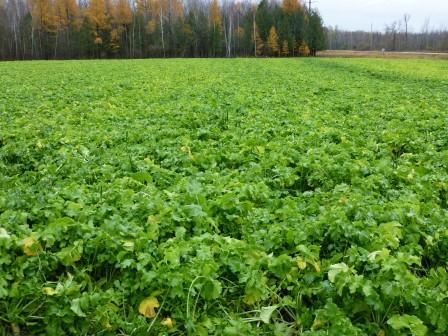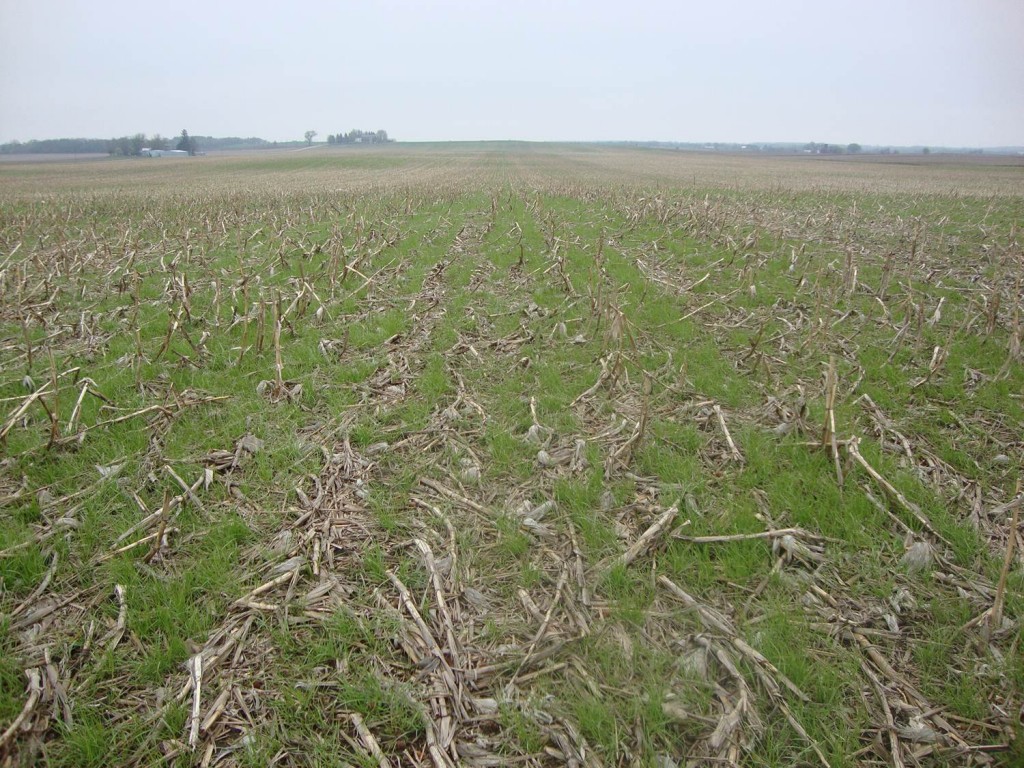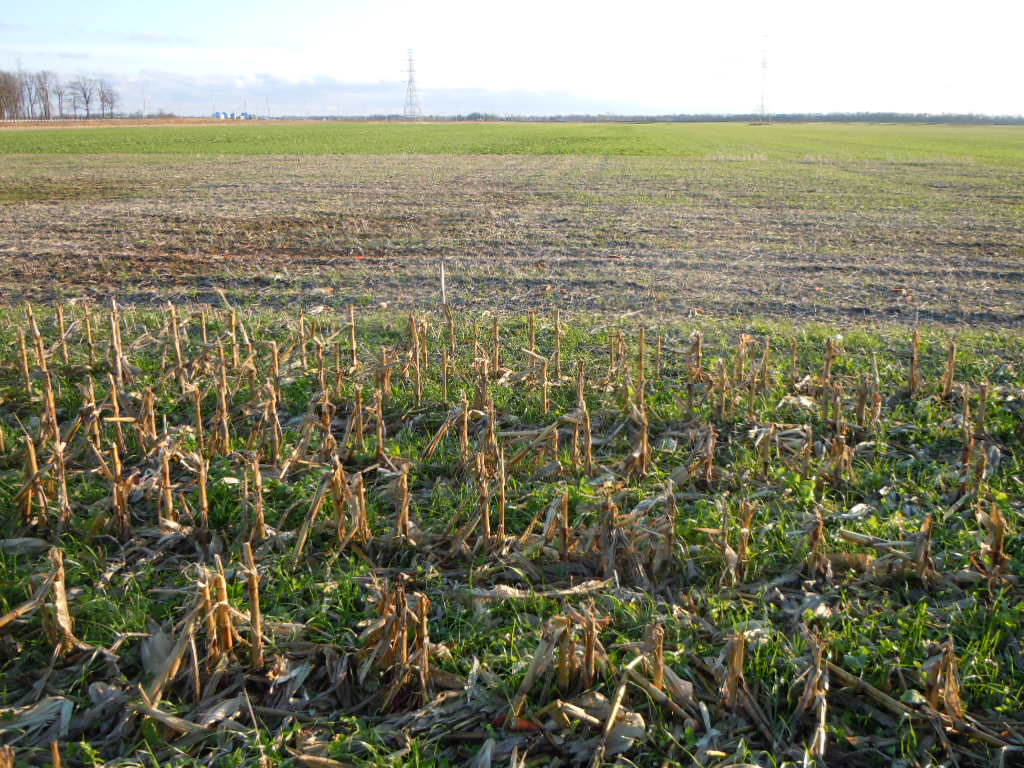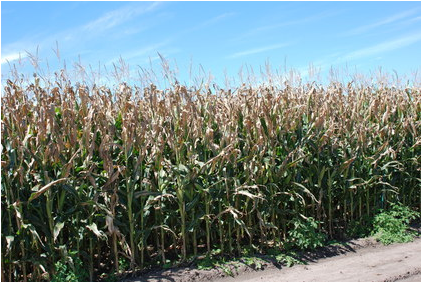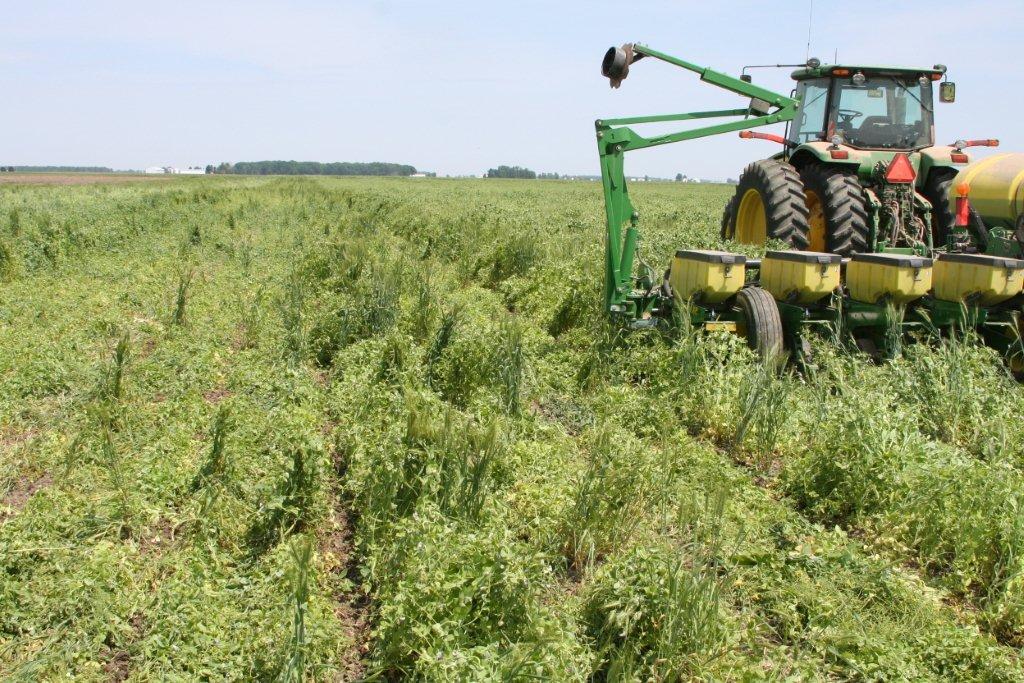Cover Crops and Bears?
Radishes, Crimson Clover, and Bears Walking in cover crop fields in northern Indiana is easy compared to doing it northern Wisconsin. In northern Indiana my main issue is tripping over large radish tubers sticking out of the ground. In northern Wisconsin my main issue was that plus watching out for bears. I’m not talking about […]
Cover Crops and Bears? Read More »
